In the culinary world, the tools you choose can often make or break your culinary creations. For kitchen professionals, understanding the nuances of induction-friendly cast iron baking is essential to mastering the art of baking with precision and perfection. This guide delves into why cast iron remains a cherished tool in professional kitchens, especially when paired with the modern technology of induction cooking.
Cast iron, with its robust build and heat-retaining properties, has been a staple in kitchens for centuries. However, the introduction of induction cooktops has transformed the way chefs approach cooking, combining energy efficiency with precise temperature control. Understanding how to leverage the power of induction-friendly cast iron can elevate your baking game to new heights.
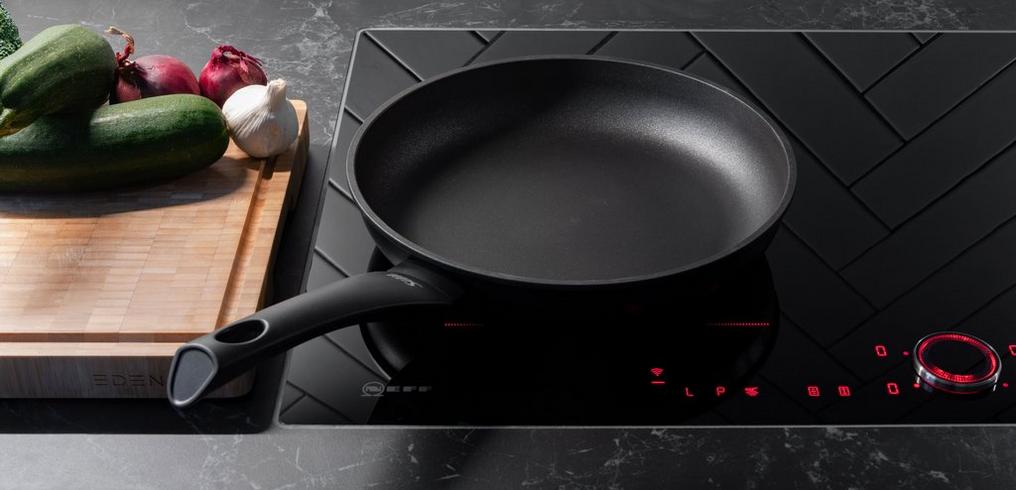
Why Choose Induction for Cast Iron Baking?
Induction cooktops operate on a magnetic field, which directly heats the cookware rather than the cooktop surface. This not only makes them energy-efficient but also ensures quicker and more even heating. For professionals who rely on precision, this is a game-changer. When paired with cast iron, which is known for its ability to maintain consistent heat, the results are unmatched.
With induction, you can achieve exact temperatures quickly, making it ideal for baking. Whether you're crafting delicate pastries or hearty bread, maintaining a steady temperature is crucial. Induction cooktops also cool down quickly, reducing the risk of overcooking or burning, a common challenge in traditional baking methods.
Choosing the Right Cast Iron for Induction
Not all cast iron is created equal when it comes to induction cooking. To ensure compatibility, it's important to select cast iron cookware that is specifically designed for induction. These pieces usually have a perfectly flat base that ensures full contact with the cooktop, maximizing efficiency.
For those new to this combination, the Lodge Cast Iron collection offers a range of induction-friendly options that are both durable and versatile. These pieces are perfect for everything from baking to searing, making them a valuable addition to any professional kitchen.
Tips for Perfect Baking with Induction and Cast Iron
To fully harness the benefits of induction-friendly cast iron baking, consider these expert tips:
Preheat with Precision
One of the advantages of induction cooking is its speed, but this can also be a challenge. Ensure you preheat your cast iron slowly to avoid thermal shock, which can damage the cookware. Gradually increase the heat until you reach your desired temperature.
Maintain a Steady Temperature
Consistency is key in baking. Use the precise controls of your induction cooktop to maintain a steady temperature throughout the baking process. This is particularly important for recipes that require long baking times.
For a deeper dive into utilizing cast iron in various cooking methods, check out the resource on cast iron for low simmering. This guide provides insights into maintaining temperature control, which is crucial for achieving perfect results.
Use the Right Tools
Invest in high-quality oven mitts and trivets specifically designed for use with cast iron. These tools will help you safely handle hot cookware and protect your surfaces from damage.
Common Challenges and Solutions
Even seasoned chefs can encounter challenges when working with induction-friendly cast iron. Here are some common issues and how to address them:
Uneven Cooking
While cast iron is excellent at retaining heat, it can sometimes result in uneven cooking if not used correctly. Ensure your cooktop is level and that the cookware is evenly placed on the induction surface.
Sticking and Cleaning
Proper seasoning is crucial for preventing food from sticking to your cast iron. Regularly season your cookware and clean it with gentle soap and water, avoiding harsh abrasives that can strip away the seasoning.
For more on maintaining your cast iron, explore the high heat cooking guide. This guide provides valuable tips for keeping your cookware in top condition.
Conclusion
Mastering induction-friendly cast iron baking requires an understanding of both the cookware and the cooktop. By choosing the right tools and techniques, kitchen professionals can achieve incredible results that elevate their culinary creations. The combination of induction technology and cast iron's timeless appeal offers a unique opportunity for precision and creativity in baking.
To further expand your skills, consider exploring skillet desserts on induction. This resource offers inspiration for creating delightful desserts using cast iron, perfect for impressing guests or clients.
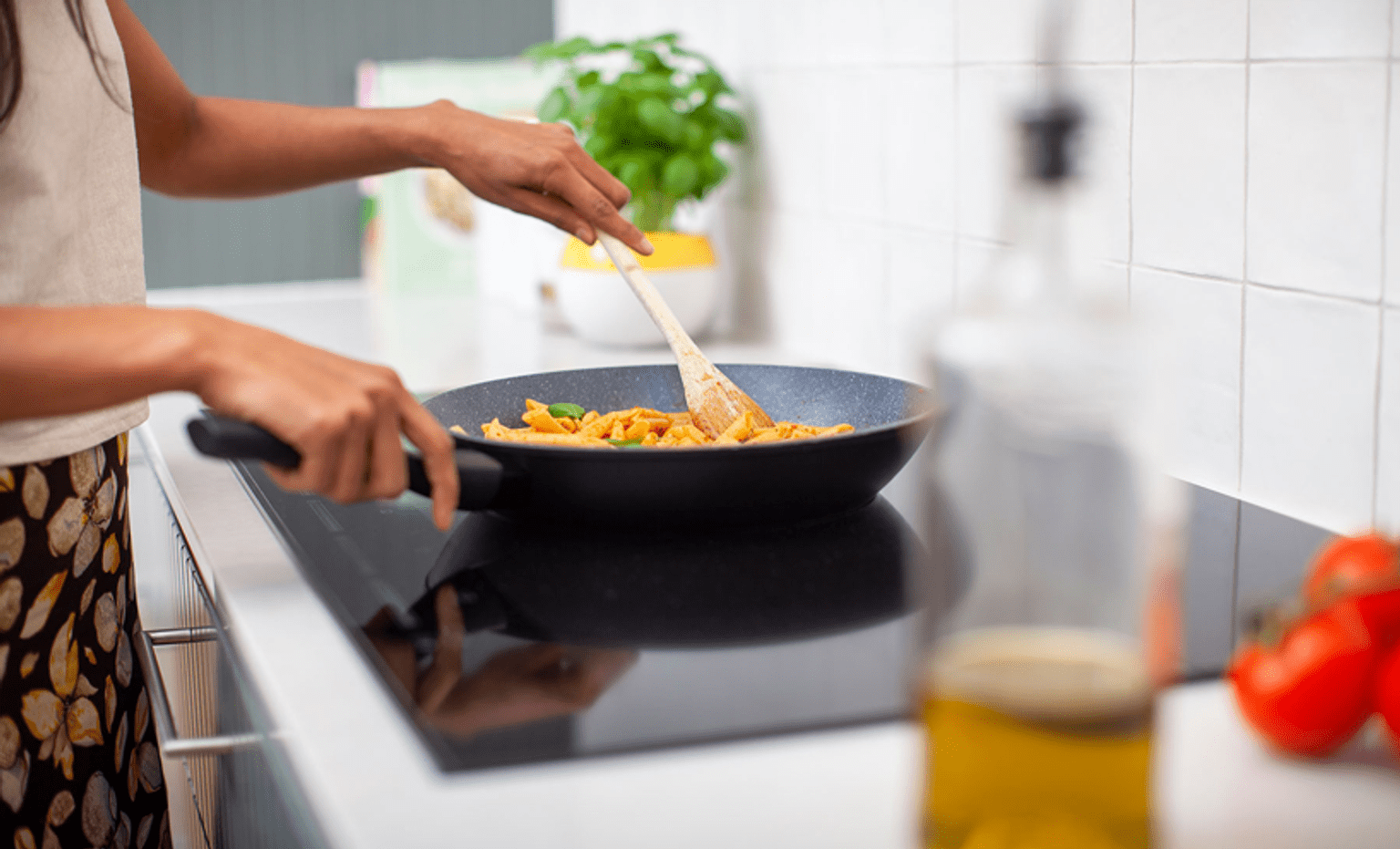
Frequently Asked Questions
Can all cast iron cookware be used on induction cooktops?
Not all cast iron cookware is suitable for induction cooktops. Ensure your cookware is labeled as induction-compatible, with a flat base to maximize contact with the cooktop.
How do I prevent my cast iron from sticking?
Proper seasoning is key to preventing sticking. Regularly oil your cookware and heat it gradually to maintain its non-stick properties.
Is induction cooking energy-efficient?
Yes, induction cooking is highly energy-efficient as it directly heats the cookware, reducing energy loss. This makes it a preferred choice for professionals seeking both precision and sustainability.

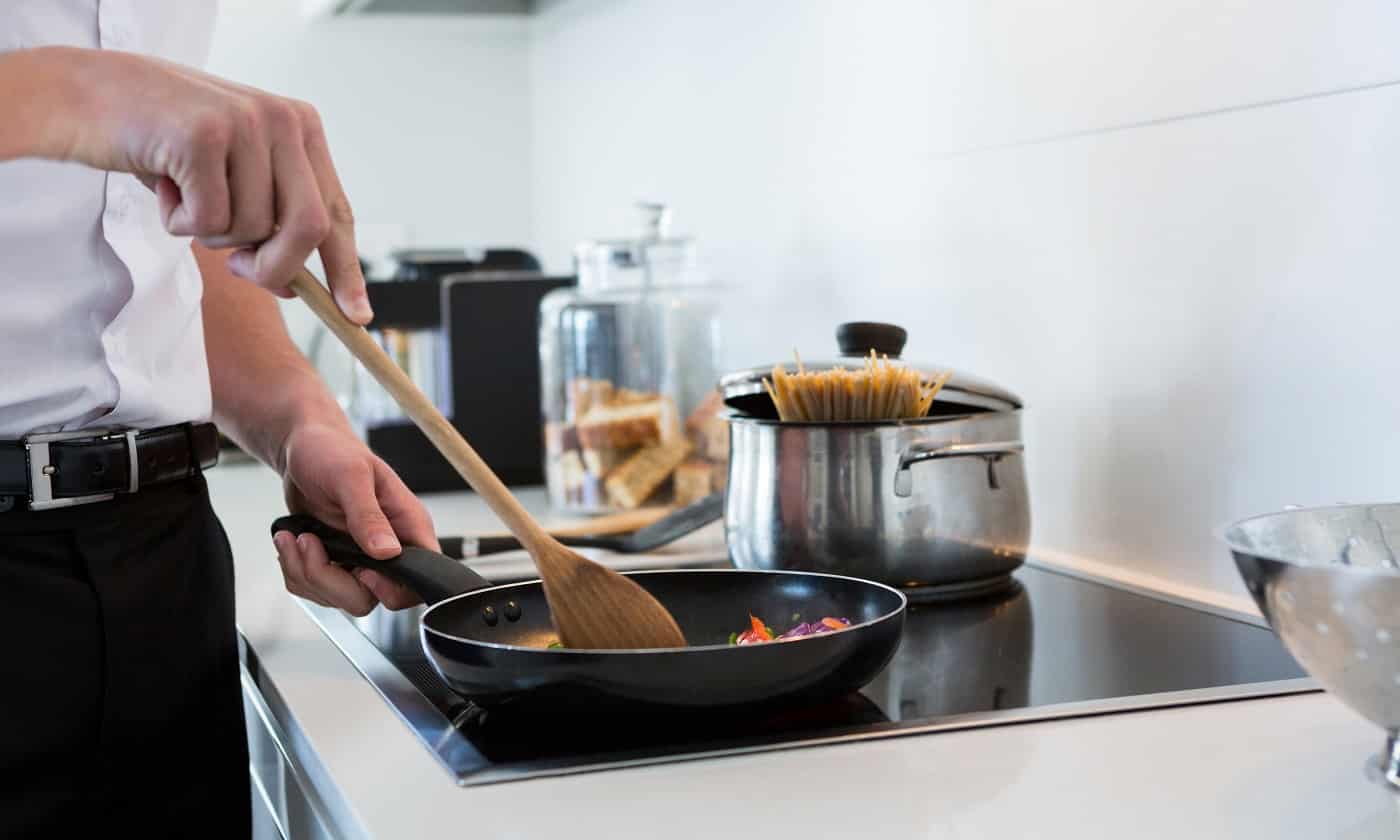


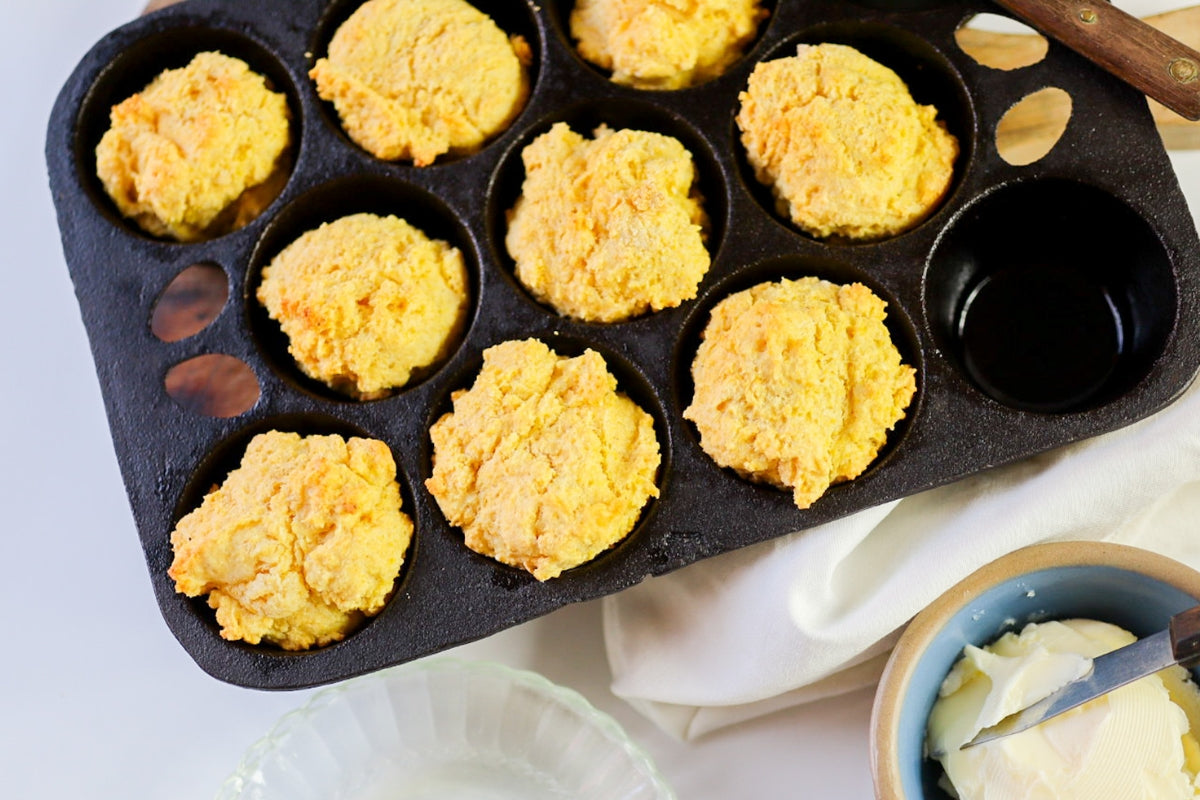
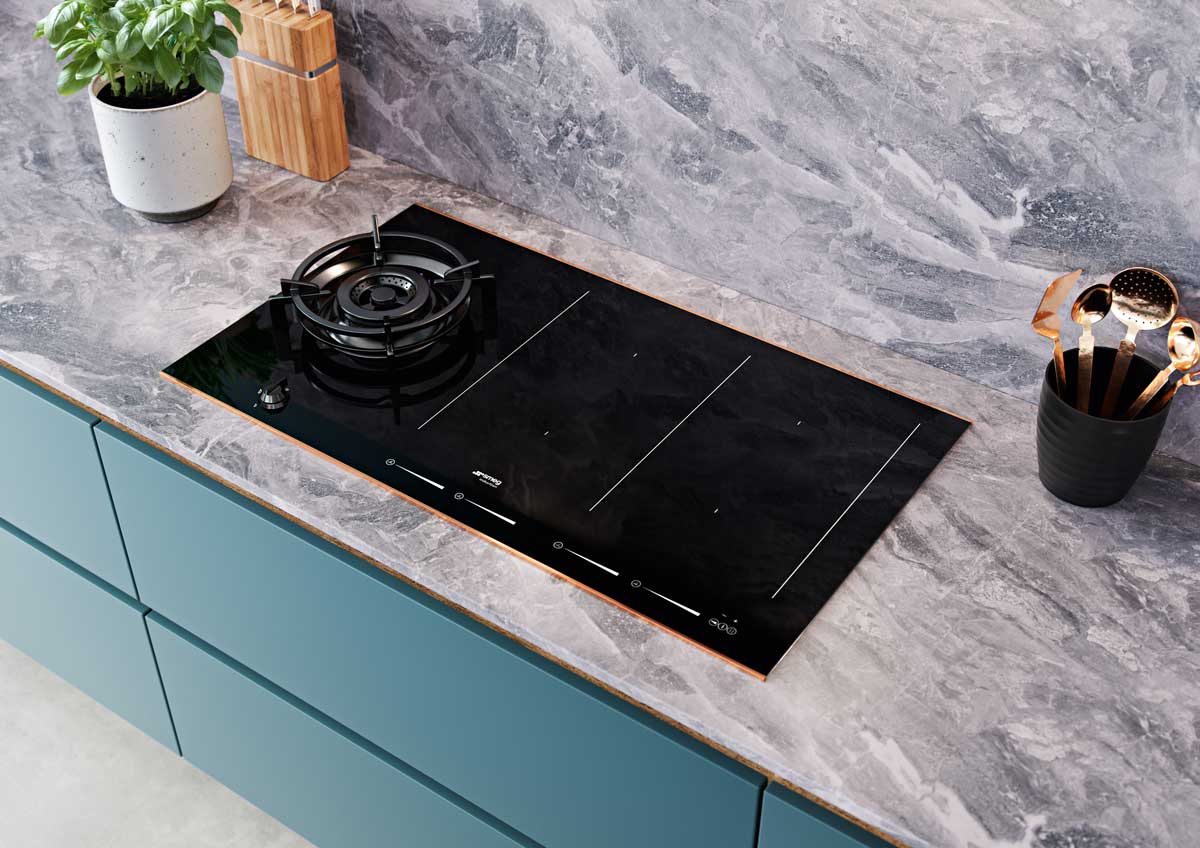
Leave a comment
This site is protected by hCaptcha and the hCaptcha Privacy Policy and Terms of Service apply.